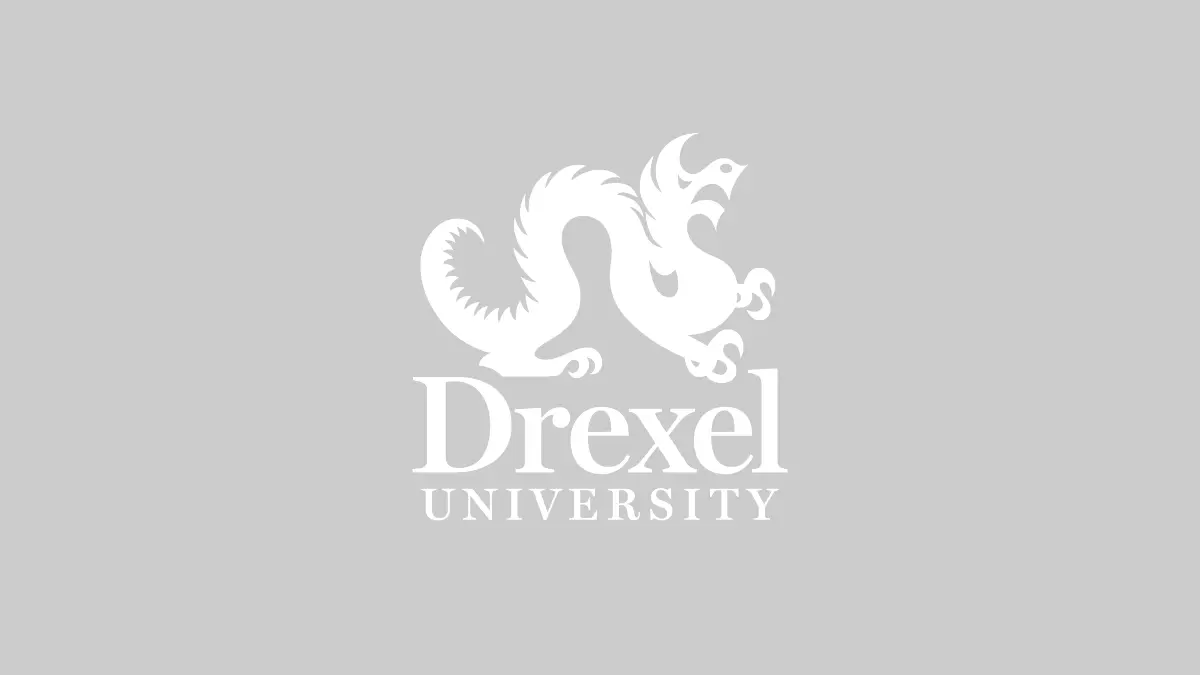
How Knowledge Flows Between Business Disciplines
As a researcher at LeBow, Chaojiang Wu has worked across disciplines and experienced first-hand how knowledge and expertise are shared. Conversations among colleagues are difficult to track empirically, but analyzing journal citations provided Wu and his co-authors an objective way of documenting where knowledge was shared.
Utilizing the citations of over 200 business journals, the researchers quantitatively studied knowledge flow between the six major business disciplines: accounting, marketing, organizational behavior and management, finance, management science and operations research, and management information systems.
In partnership with Chelsey Hill, a LeBow PhD candidate, and Erjia Yan, a faculty member in Drexel’s College of Computing & Informatics, Wu analyzed over 400,000 citations in business research journals spanning from 1997 to 2009. By using the journal publisher’s own discipline designation, the researchers developed a model showing how knowledge flows between business researchers and disciplines over time.
“Most disciplines are getting more diverse in terms of their knowledge inflow,” Wu says. He speculates that this might be the result of something that’s been dubbed the “Google Scholar effect.” He explains: “Google Scholar does not distinguish the boundary of disciplines. When you submit a query, it just lists all the references for your choice. Traditionally, researchers tend to read articles from the journals of our own field. Google Scholar provides a low-cost searching tool for researchers to break the disciplinary boundaries.”
Researchers are increasingly citing outside their field of study, but Wu found that knowledge sharing is not evenly distributed among disciplines. For instance, accounting and finance cite one another at the highest rate, but at the other end of the spectrum, accounting and marketing were found to share very little knowledge.
The researchers also tracked a “badge effect” on citation frequency. When a publication was given the prestige of recognition in the UT Dallas Research Rankings, its articles tended to be cited more often by external disciplines. In contrast, the badge did not increase citations within the publication’s own field. Wu recognizes both practical and sociological explanations for this effect. Practically, the UT Dallas recognition is an easy marker of legitimacy to a researcher who might not otherwise know much about the reputation of a journal outside their field. This might then lead that researcher to cite work from that journal.
The sociological explanation posits that people associate themselves with those whom they perceive to be of higher status, in an effort to raise their own status. Therefore, researchers seek to cite prestigious research so that their own work may be perceived as being of high quality.
Looking to the future, Wu sees the trend toward diversity continuing. “Convenient searching tools continue to be made available and business research is increasingly becoming data-driven,” he says. “As that happens, business research may become more interdisciplinary, adopting diverse research tools and importing from diverse knowledge sources.”


